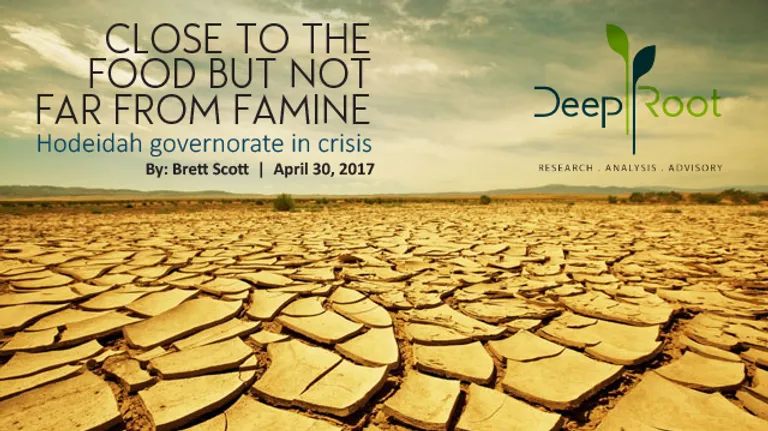Why are the people of Hodeidah suffering from the highest rate of malnutrition nationwide if their governorate brings in over 80 percent of all food imports and it is endowed with relatively plentiful fishing and agricultural resources? Compared to its neighbors, Hodeidah has a variety of socioeconomic differences extending back decades and it has followed a different trajectory during the course of the current conflict. This paper seeks to explore these differences in order to encourage a more nuanced, localized approach to many of the crucial questions currently being asked.
